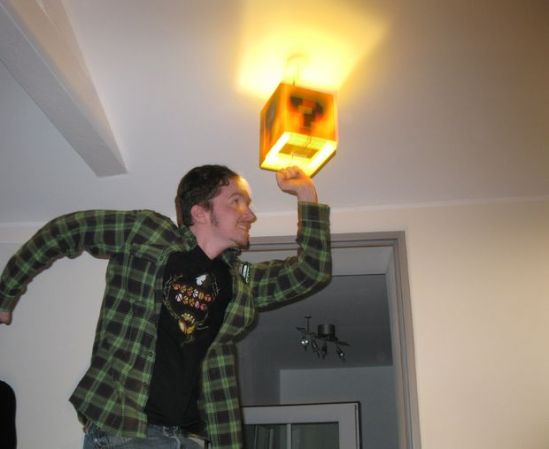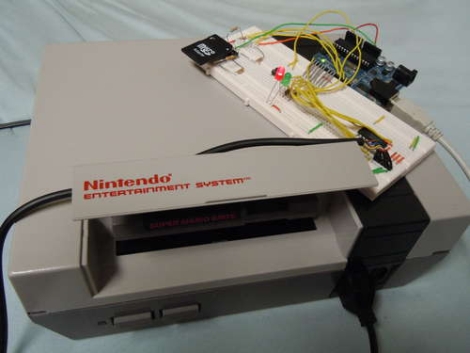
What better way to encourage jumping around in the house than by adding your own Super Mario style question block lamps?
It’s a fun and easy project to do because it makes use of an IKEA Sangen lamp — it just needs some slight modifications and a bit of art work to turn it into this iconic question block. You will be working with mains voltage though, so please be careful!
The lamp itself is made out of fabric which means it can be taken apart easily, and then dyed that classic orange hue. Using a stencil you can spray paint on the question mark and then it’s just a matter of adding a springy-latching-pressure-switch (that’s the technical term for them right?) in line with the light bulb. Results may vary, but [Anred] has a great guide on how to make it to get you started.
Now all that’s missing is a sound effect to go with the switch!
Continue reading “Super Mario Lamp Encourages Physical Activity”














